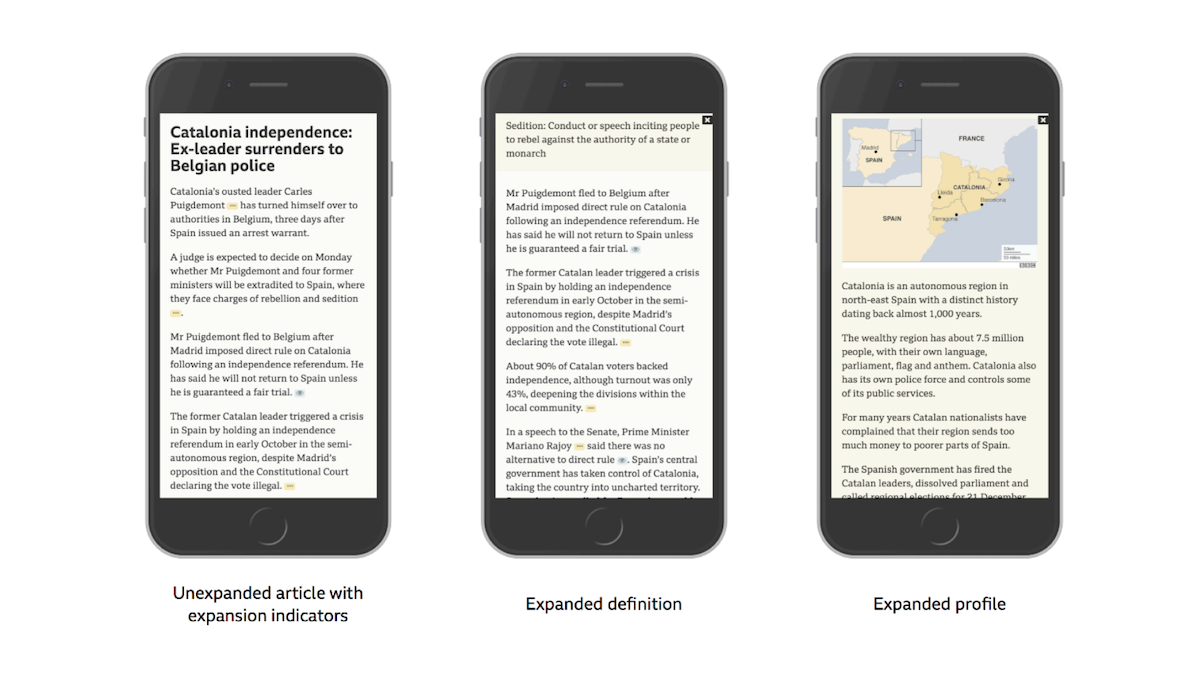Finding your ROCI – strategies to improve return on content

Content is capital. Publishers spend lots of time, effort and money to create it. Why do they then allow it to fade into oblivion? Asked Jacob Gjørtz, vice president marketing for CCI Europe at the recent FIPP Insider events in Amsterdam and Paris. In most cases, he said, it is because publishers fail to find processes to be able to to publish that content onto various platforms and repurpose it later to be able to better earn back the money they have invested in it.
He offered a five point plan to rectify this.
1. Avoid one-hit-wonders
Too often publishers have not mapped out a plan for their content. No matter how good it is, it should never be created to be used only once. Even before content is created, there should be a plan for how it can be used several times and across various channels.
“In this sense magazine publishers have an advantage. Magazines publish content about people and interests, as opposed to news outlets who publish content linked to time and location. You already have long-term value built into your content.”
Gjørtz referenced Bonnier in Denmark who spends €20 million (US$25.6m) a year on creating fresh content. “Bonnier don’t just turn out €20 million worth of one-hit-wonders. They spend the money with the objective of being able to reuse and recapitalise on that content.”
To do this successfully you need to plan the lifespan of you content.
2. A content lifetime plan
Gjørtz said the content strategists at Bonnier plan the content lifetime long before it is created. “They plan the journey of their content in the context of multi-publishing.”
Seasonable content is written in a way that it can be easily revisited once it is relevant again. Content that can appeal to wider than merely one audience are planned to be easily tweaked to be re-applied to other relevant platforms. Some content are created to be aimed at multiple channels, with some long form journalism being recorded and turned into podcasts.
“Bonnier’s approach is that the more they can repurpose content, the more they can invest in it. High value content lends itself to a lot of different occasions for use, a lot of different reader groups and a lot of different channels.”

3. Up-cycling
“Clever reuse of old content can be creative and brilliant. The trick is to look at content not as one whole but as Lego bricks. With a set of Lego bricks there are endless possibilities in terms of turning it into different creations. If you look at content not as final structures, fixed text or one picture but look at it as little elements that have been put together into a specific structure, then you have the building bricks for up-cycling content into new creations.”
He said some travel magazines do this quite successful by taking various dedicated features and repurposing them under one collective theme. “The nine days – three perfect beaches kind of story.”
The secret here is not to view up-cycling of content as re-cycling content, he said, “but rather to view it as a truly creative process where content creators need to be creative with the existing building bricks of the content they already have in their system”.
4. Invest in a proper content management system
Gjørtz said that apart from a content management system that allows users to easily find the building blocks they need to repurpose copy, the platform needs to support up-cycling models and new ways of distribution planning.
To be successful the content management system needs to support a detailed story anatomy. He said publishers traditionally store stories identifying only fields such as headline, leader paragraph, photo identification, caption and body text. A management system built for ROCI needs detailed story element identification down to each and every smaller paragraph.
“If you have properly identified smaller elements within stories you can easily decide which elements go where to create new stories. You can even let the system decide this for you. In fact, we can take one story made up of these specific elements and combine it with another story that has a different set of content elements and and we create a whole new third story based on existing content.”
5. Own the phone
Mobile phones cater for most of the moments where content is being consumed by modern content consumers, warned Gjørtz. These staggering statistics in favour of content being consumed on mobile is continuing to grow. Content should therefore be created specifically for mobile. This process is not only restricted to writing short snackable content but also to find new engagement formats tailored for mobile.
He referenced several successful immersive storytelling formats ideal for mobile such as AMP Stories, Medium Series and CCI’s own format called their Cue System to easily create AMP Stories.

By investing in these five principles, money spent on content will show increased return, not only in engagement but also in creating more channels to monetise on content, he said.
Join us for the last FIPP Insider of 2018, sponsored by UPM, taking place in London on 12 December 2018. Meet your media peers to learn, network and raise a glass to the festive season!
Sign up for FIPP Insider London: fipplondon.com
More like this
How VDS brought Top Gear magazine to The Netherlands – and expanded
Download the FIPP Insider Amsterdam, Paris speaker presentations
What Aller Media learnt from implementing a personalised subscription strategy








